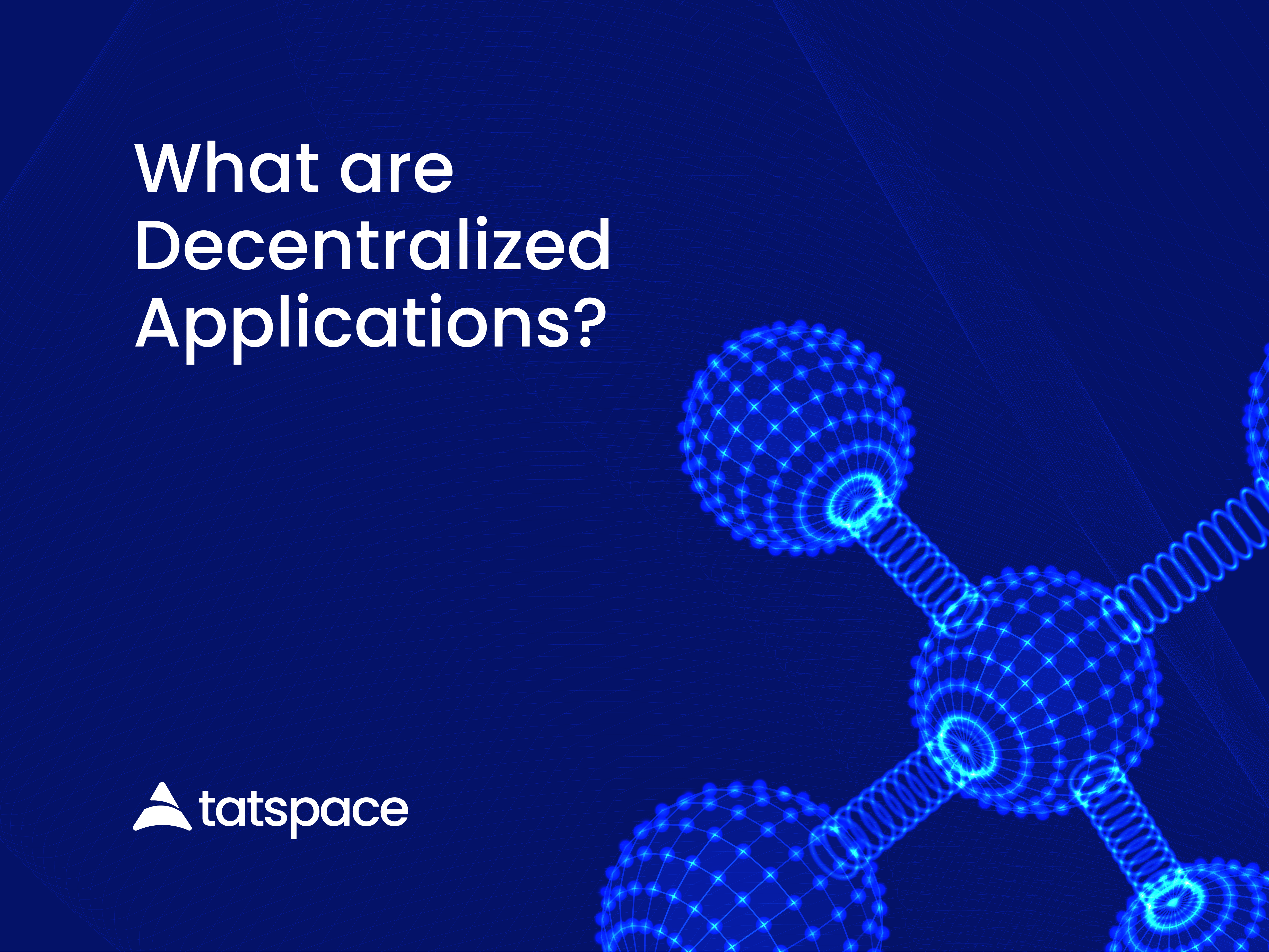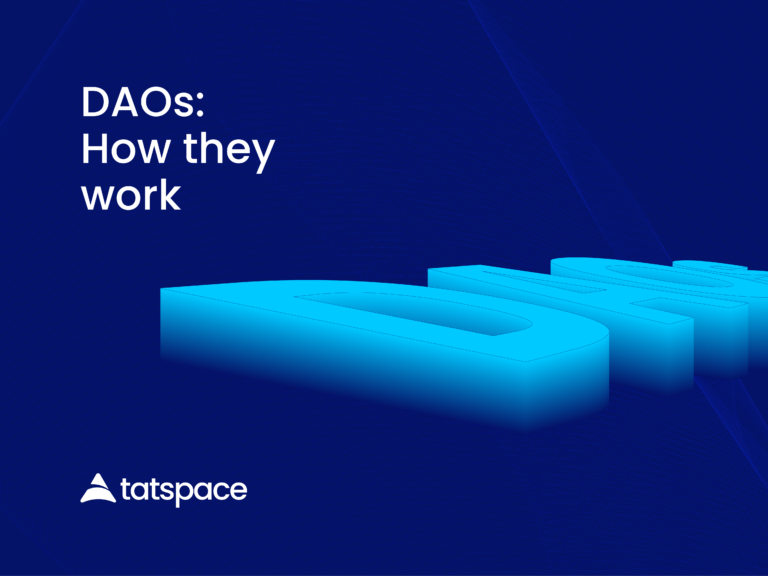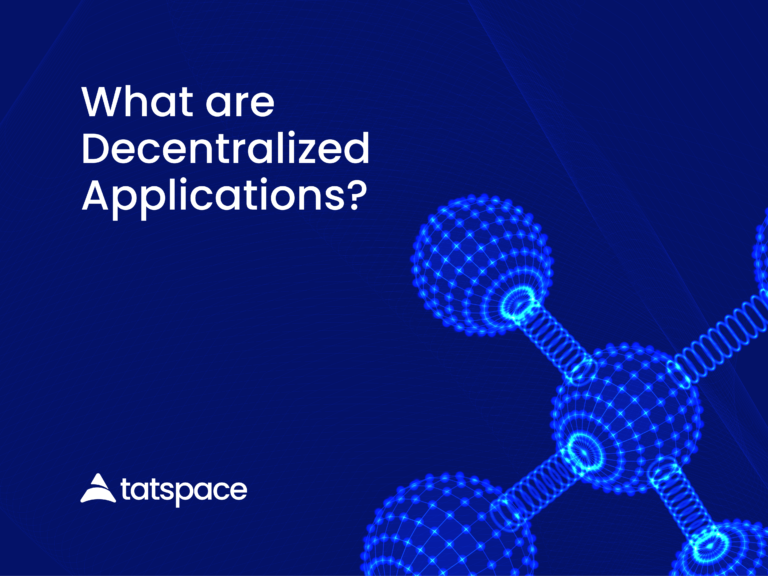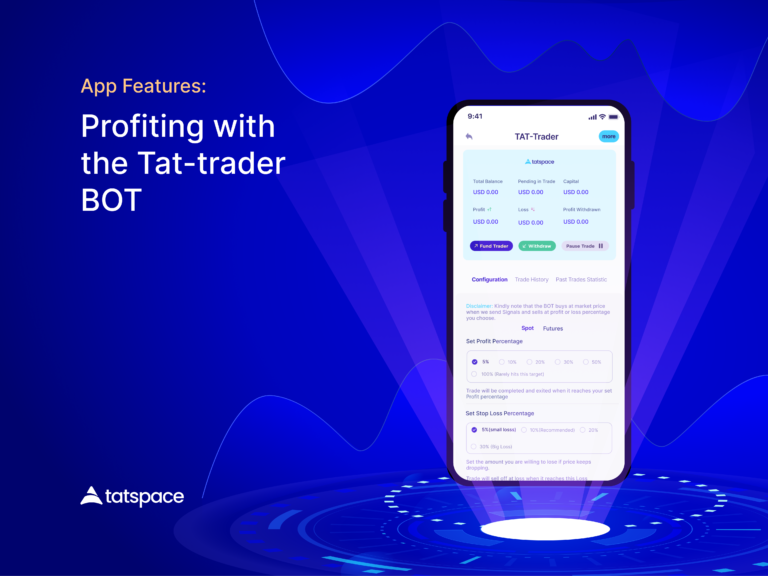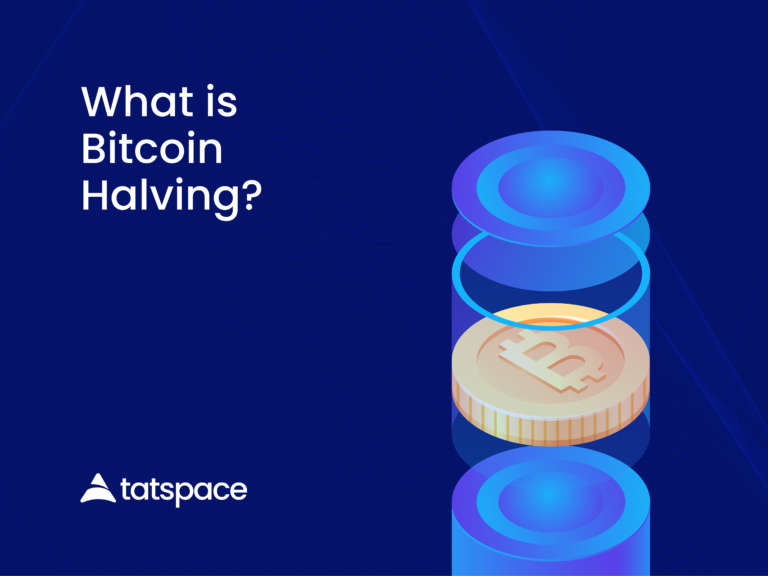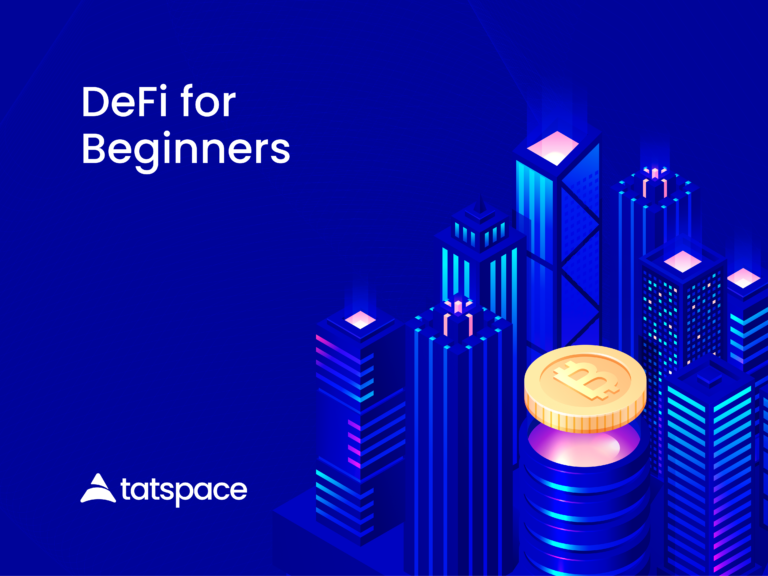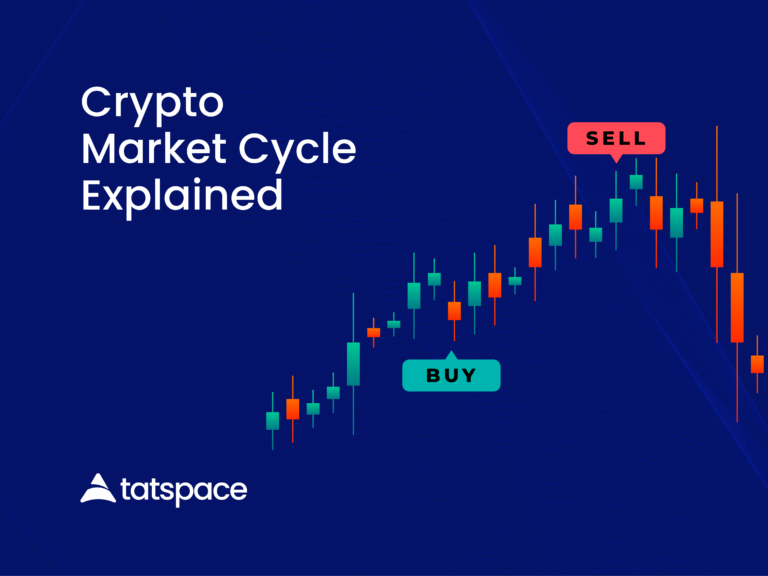DeFi is very accessible to users from any part of the world because they exist on the open blockchain. Users interact with them without depending on any intermidiaries. Its credibility is managed by a distributed peer to peer network. Thus, there are no single ownership. This eliminates the risk of failure from one point. Now, DeFi services are offered via dApps – a short way to refer to the term decentralized applications.
What are dApps?
Decentralized applications (dApps) are digital applications that are run using smart contract codes. They are similar to the normal mobile apps in your phone. However, at the backend, they exist on top of the blockchain. This means that no one person or institution controls it, including the people who built it.
DApps source codes are open source. This simply means they’re accessible, reusable and modifiable when copied by the public. DApps users can also participate in community consensus, proposals and voting processe.
How does dApps work?
As noted earlier, dApps have their backend running on smart contract codes. These are simply lines of codes that specify certain actions that will be executed after certain conditions are met. These codes are run on top of the decentralized network – blockchain, instead of centralized servers. They are transparent and available for all to see.
DApps became possible with the emergence of Ethereum, the programmable blockchain. Today, developers also deploy them on other smart contract enabling blockchains. Example includes BNBChain, Polygon, Avalanche and others.
To access any dApp, users simply interact with its frontend part. This refers to the easy to navigate user interface everyone sees. They are often customizable and requires no knowledge of coding to use. However, users need to hold some tokens in their wallets to use it. These may be required for processing transactions on the dApp.
Use Cases for dApps
There are a couple of ways dApps are put to use today. They include, but are not limited to the following.
DeFi and DEx
DApps make it easy for people to access DeFi services without understanding how codes work. The app like look and feel on the frontend is easy to navigate. The smart contract at the backend outlines the rules and nature of the service. All decentralized exchanges, like TATSwap, are dApps.
Gaming
DApps are used to launch on-chain games that users can play without giving up their identities.
NFT Marketplaces
These are dApps that power the creation, marketing and curation of NFTs.
DAOs
This type of dApps are community run. It’s a type of decentralized organization, that is autonomous. Members simply connect to the dApp to participate in decision making processes like voting, etc.
Benefits of dApps
Freedom for users: dApps give usersn flexible access to services that do not require third party approval. This is because once they deployed on the Blockchain, no one owns or controls them anymore. In fact, without the frontend, users can interact with dApps directly on-chain using blockchain explorers.
No Censorship: No one can stop you from using a dApp. Even if they blacklist or sanction a person, they can still access a dApp.
Easy Payment: dApps allow payments to be fulfilled at time of execution. No barriers or delays whatsoever if all the conditions are met by the user.
Plug and play: Once you connect your wallet to a dApp, you can instantly start using services it offers. There’s no waiting time for approvals and no need for middlemen.
Anonymous sign in: no one knows you’re the one when you plug your wallet to a dApp.
Cryptographically Secured: by being deployed on the Blockchain, dApps inherit the security of the network they run on. This makes it hard for anyone to cheat, unless there’s a loophole in the dApp’s smart contract.
No Down Time: As far as the blockchain where a dApp is deployed is live, it stays up forever. No one can take it down at will.
Drawbacks
The major challenge experienced by dApps is the fact that its smart contracts are not editable. Any loophole in the code are hard to change. Bad actors can easily exploit this loophole before any solutions are made available.
Another drawback in the use of dApps is that there’s nothing like customer support. Users needs to find their own way around any challenges they may face while using it. Even the user interface is not easy for new users to grasp without a guide.
High fees may be the one that breaks the Carmel’s back for most people. Some dApps, though openly available, are inaccessible to many people due to the cost of using it. This places the services it offers in the hands of only the rich.
Conclusion
While dApps make access to decentralized systems possible for everyone, much can be done to make them easy to navigate. When a dApp is down on the frontend, only users who are familiar with how smart contracts work can access it at the backend. When something goes wrong, errors spiral into huge loses for users due to the difficulty of fixing them. Only time will tell how these challenges will be resolved.

